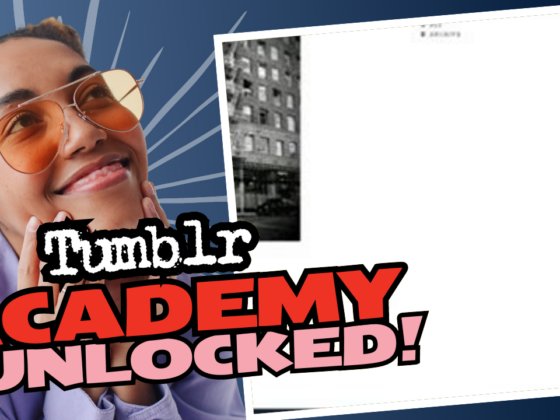Understanding the Tornado Inside: Battles with DID or CPTSD
Welcome to the chaotic carnival of mental health, where DID (Dissociative Identity Disorder) and CPTSD (Complex Post-Traumatic Stress Disorder) can turn your daily life into a bizarre funhouse mirror of emotions and experiences. If you’ve found your way here, you probably relate to a smorgasbord of sensations and behaviors that feel more like a roller coaster than a walk in the park. When you mix constant anxiety with misuse of the term “lazy,” sprinkle in a bit of perfectionism, and top it all off with a hearty dose of the hyper-independence conundrum, you’ve got yourself a recipe for some serious mental gymnastics.
Do you experience isolation but insist you’re just being “shy”? Does your rejection sensitivity leave you feeling like a porcupine on a roller rink? If you nodded your head more than you care to admit, you’re not alone. Many who’ve faced the trials of trauma experience avoidance behaviors, a phenomenon often mistaken for mere introversion.
But wait—let’s dive into some juicy, physical aspects of living with these delightful diagnoses! Extreme temperature swings that leave you feeling like a popsicle one second and a sauna the next? Check. Fainting spells that come out of nowhere like an unexpected plot twist? Double check. Oh, and let’s not forget that charming little side effect called restless leg syndrome, which just loves to keep you on your toes (literally).
For many, discovering that the root cause of their struggles stems from CPTSD can be a revelation. Symptoms such as speech disruptions during flashbacks, chronic body pain, and the overwhelming urge for a cozy blanket shield indicate something deeper (and yes, that is completely normal!). The self-reflection process can feel like shimmering pixie dust that magically aligns your scattered memories. Suddenly, everything fits into the broader narrative of your life.
And let’s not skip over the emotional whirlwind—those waves of shame when you dare to voice your needs, or those regret-laden days that have you pondering why good ol’ perfectionism can’t take a vacation. Hyper-vigilance becomes second nature, as you analyze people’s tones, faces, and body language like you’re a secret agent on a sensitive mission. Meanwhile, the rest of the world looks like it’s skipped two steps ahead in this life’s dance.
If you find yourself in the deep end with unpredictable meltdowns, relentless anxiety, or the feeling of floating through an empty room, know that your journey is valid. Healing takes time, yet acknowledging these battles and seeking support marks the first brave step toward reclaiming your narrative. It’s okay to experience the yin and yang of chaotic emotions while you’re on this rollercoaster. Be gentle with yourself!
For those who resonate with this symphony of trauma, don’t hesitate to reach out for connection and guidance. If you need further help, answers, or more research resources about DID or CPTSD, let us know—we’re here for your wild ride through healing!









